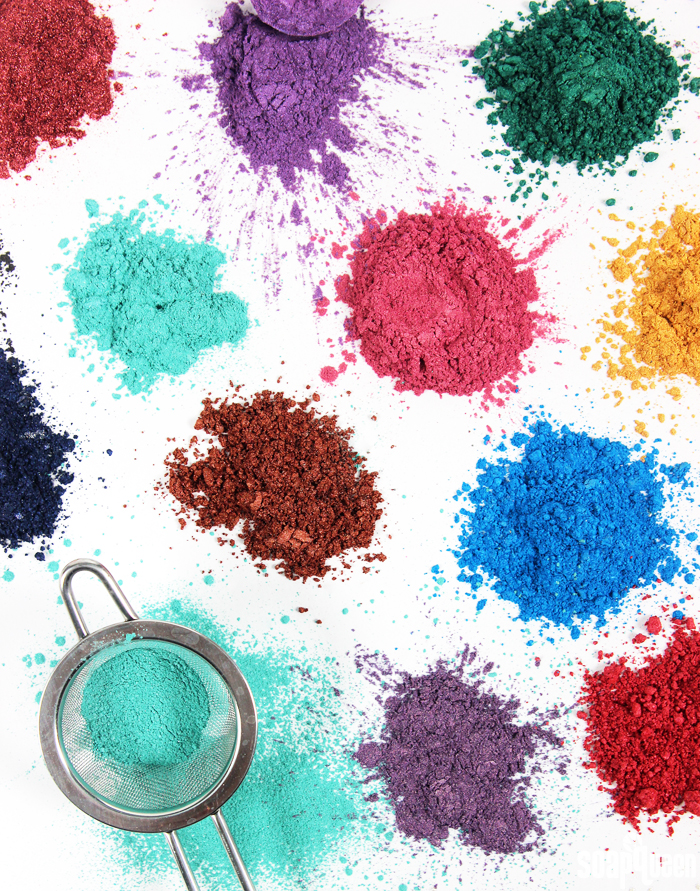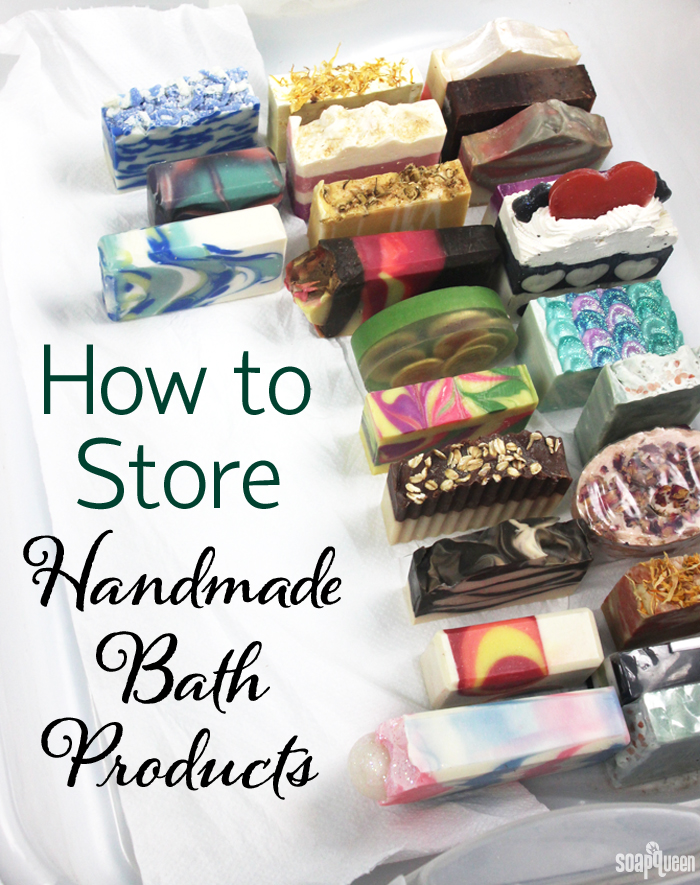This week was full of colorful inspiration, with a vibrant cold process tutorial and information on mica colorants. Micas are a mineral-based colorant that work great in a variety of products, such as melt and pour soap. They are fine textured and usually have a light to intense shimmer. While some micas can morph in cold process soap, they can still be used for mica lines or mica painting. Read more in the Sunday Night Spotlight: Mica Colorants post.

